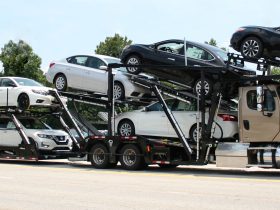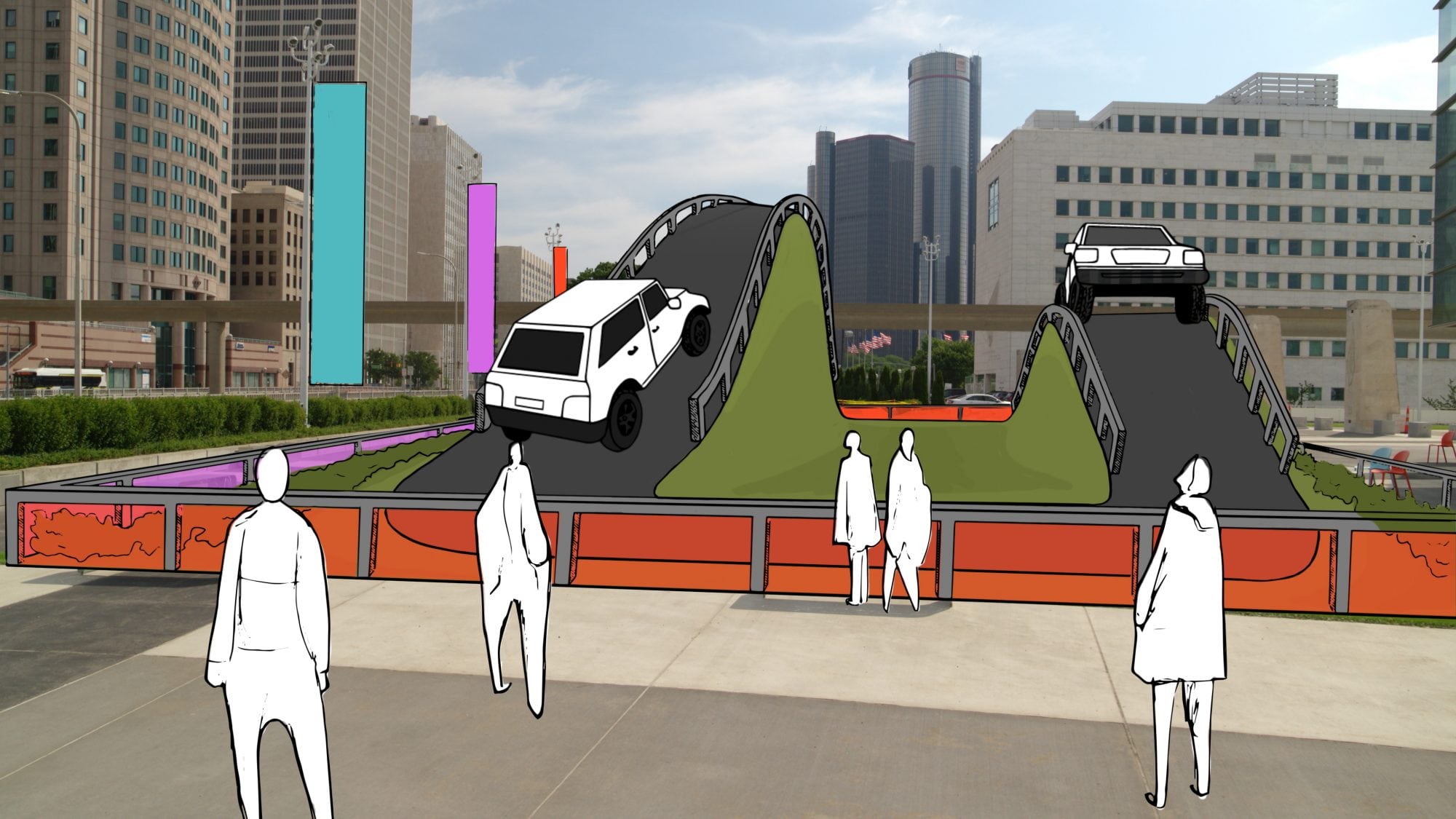Sometimes, a good question can keep a car owner out of further trouble—especially if they’re asking about repairing hail damage. Get the answers to some of the most frequently asked questions. Read on.
#1 What Happens During the Hail Repair Estimate Process?
Cost estimation usually happens immediately once you take your hail-damaged vehicle to the auto repair center. It’s a critical step to ensuring the best possible methods are used and that you’re charged fairly for all of these procedures. The process itself involves following a systematic format to identify the severity and number of dents on the vehicle’s body panels.
The average estimation timeframe for hail damage is between 30 to 45 minutes, though this would still depend on how much damage there is, how severe it is, and where it is. A well-trained hail repair specialist will be prepared to answer any concerns or questions you may have about the repair.
#2 Should My Car Be Clean Before an Estimation?
Hail damage repair specialists rely heavily on their eyes to detect even the smallest dents. It would be more difficult to assess the damage and see all of the dents and dings if your car’s surface is covered in dirt, mud, and other foreign materials.
It’s important to clean the car gently and to be extra careful when wiping around and on the dents. The damage may be worsened if too much pressure is used while cleaning the surface. The goal is to reveal the true condition of the body panels for a more accurate estimation of the hail damage repair cost.
#3 Will My Rate Increase If I File a Claim?
There are 3 types of insurance coverage that every car owner should be familiar with: liability insurance coverage, collision coverage, and comprehensive insurance coverage. The last one covers no-fault claims or “Acts of God”, which is where hail damage is categorized into.
This means filing an insurance claim won’t lead to a higher premium or rate. Timing is still important, though. Car owners are discouraged from waiting for 2 hailstorms to pass before getting their car fixed and filing an insurance claim. This is because they’ll end up paying more due to unreported damage and coverage deductions.
#4 What Methods are Used to Repair Hail Damage?
There are essentially two types of car hail damage repair methods, and one or both of them may be necessary to restore your car to its pre-storm condition.
Paintless Dent Repair (PDR)
This car repair method is a faster, more affordable, eco-friendly, and non-intrusive way of fixing hail-caused dents. If necessary, PDR specialists will carefully take the car apart to reach the panel’s backside. They will then use metal rods to massage the metal gently to restore it to its original, flat, and smooth shape. This procedure preserves the vehicle’s factory finish, so the original manufacturer paint warranty is maintained.
In most cases, auto repair professionals will check if the car’s dents can still be fixed using this method. However, there are certain limitations when it comes to PDR as well, especially if there’s severe damage on the body panel that even the car’s body has been mangled beyond shape memory. This is where conventional repair methods will come in.
Conventional Repair Methods
Conventional or traditional repair procedures may still involve a bit of PDR to reshape the metal to its original form, but more intrusive methods also come into play. Due to the severity of the damage, parts may need to be replaced. Also, the body panels will likely need to be filled in, sanded down, and repainted. Compared to PDR, these methods are generally more harmful to the environment and would require more time to complete. However, they are necessary to take care of the dents and dings on your vehicle.
You may have more questions that require more detailed answers. Consider reaching out to a trusted auto hail repair shop today to cover all of the bases and to understand which method is best to fix your hail-dented vehicle.







